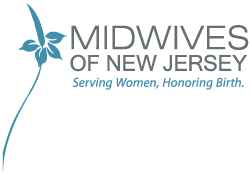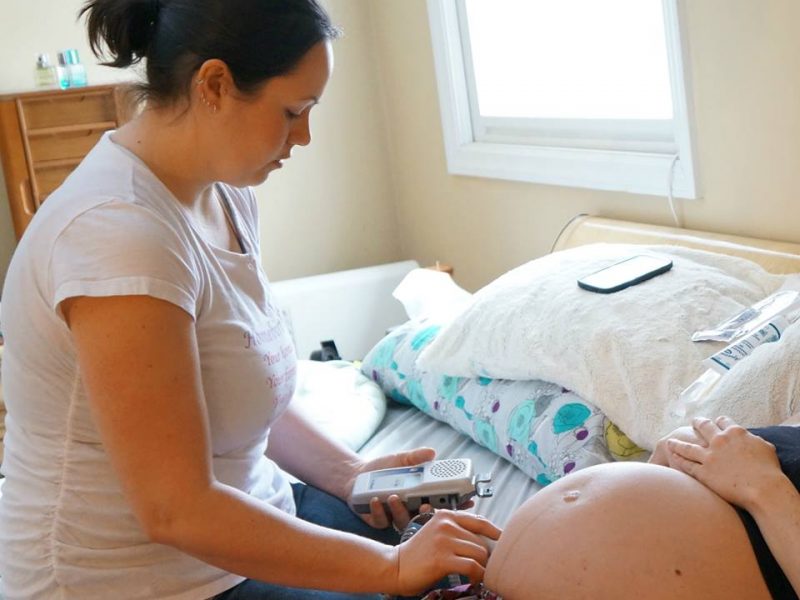Perceived Safety in Hospital Birth Setting is False
This article titled, Harvard Obstetrician Speaks on Safety of Giving Birth at Hospitals by Neel Shah discusses the “perceived” safety of giving birth in a hospital – and completely confirms what I and most midwives know to be true. The article is a must read – in it he states,
While we take excellent care of sick patients, we do less well for healthy patients with routine pregnancies – largely in the form of turning to medical interventions more than strictly necessary. As the (NICE) guidelines suggest, some women in the U.K. (and the US as well) with low-risk pregnancies may be better off staying out of the hospital. Why? Because the significant risks of over-intervention in hospitals, such as unnecessary C-sections, may be far more likely (and therefore more dangerous) for patients than the risks of under-intervention at home or in birth centers.
Dr. Shah goes on to state that shockingly,
Nearly half of the cesareans we do in the U.S. currently appear to be unnecessary, and come at a cost of 20,000 avoidable surgical complications and US$5 billion of budget-busting spending in the US annually.
His concludes that
Many of the patients I care for benefit from my surgical training. I get to save lives while also sharing in one of the most profoundly joyous moments that families experience. But obstetricians like me may be hardwired to operate, and too many operations are harmful to patients. One strategy to fix this might be to change our wiring. Another may be the British way: for patients to stay away from obstetricians altogether – at least until you need one.
Truth in Birth
- Women are very capable of delivering their babies.
- Birth is safe outside of the environment of the hospital.
- Midwives can be trusted to deliver babies.
My approach to birth is very different than that of my obstetrical colleagues. My approach is optimistic, proactive and frankly, successful.
Recently, I have been accused of being foolish to believe that every woman should have a vaginal birth. This is said either with derision or with a smile. Either way these statements fall short of recognizing the respect due to an experienced midwife-I am an expert in normal birth.
While I do understand that cesarean sections are sometimes necessary, my midwife approach certainly results in far fewer operative births. I believe this is largely due to my unrelenting pursuit of a vaginal birth for all women. I study nutrition, methods of childbirth preparation, provide my clients with chiropractic care and then review every birth with my fellow midwives to see what worked and what didn’t. When we end up in the operating room, I am hopeful that my client believes that she had every opportunity for a vaginal birth because she did. Her choice of midwifery care deservedly gave her the best possible opportunity for a vaginal birth.






 Women, Take Back Your Rights in Childbirth!!
Women, Take Back Your Rights in Childbirth!!
